Teeth correction, also known as orthodontics, is a treatment method that helps improve oral health and aesthetics. Whether it’s to fix crooked teeth, adjust bite problems, or boost confidence, orthodontics can bring significant changes to many individuals. This article will explore various aspects of teeth correction in detail, including the reasons for correction, the process, methods, common issues, and how to choose the right orthodontic treatment.
1. Why Do You Need Teeth Correction?
Crooked teeth refer to teeth that are misaligned, out of place, or crowded, which can lead to gaps between teeth, improper bite, and other problems. Common dental issues include:
- Dental Crowding: When there is insufficient space for the teeth to grow, they may overlap or become misaligned.
- Excessive Gaps Between Teeth: Some people naturally have wider gaps between their teeth, which may be due to genetic factors, developmental issues, or certain health conditions.
- Malocclusion: Misalignment of the upper and lower teeth, such as overbite, underbite, or crossbite.
- Bite Issues: Problems like deep bite, open bite, or crossbite not only affect appearance but may also cause excessive wear of teeth and gum damage.
Crooked teeth not only affect aesthetics but can lead to the following health issues:
- Chewing Difficulties: Improper bite can interfere with chewing and digestion.
- Oral Hygiene Problems: Misaligned teeth make it easier for plaque to accumulate, increasing the risk of tooth decay, gum disease, and other oral issues.
- Temporomandibular Joint (TMJ) Disorders: Malocclusion can put extra strain on the TMJ, potentially causing headaches, jaw pain, or joint sounds.
- Decreased Confidence: Crooked teeth may make people feel self-conscious in social situations, affecting their psychological well-being.
Therefore, undergoing teeth correction not only improves oral health but also enhances self-esteem and overall quality of life.
2. The Basic Principles of Teeth Correction
The fundamental principle behind teeth correction is the application of controlled force through orthodontic appliances to gradually move teeth into better positions and achieve an ideal bite relationship. Orthodontic appliances work by slowly shifting teeth, using the surrounding bone to reshape and stabilize the teeth in the correct position over time.
The typical process of teeth correction usually involves the following steps:
- Diagnosis and Evaluation: Initially, the orthodontist will conduct a comprehensive oral examination, including X-rays, to assess the alignment of the teeth, bite relationships, and skeletal development.
- Designing the Treatment Plan: Based on the diagnostic results, the orthodontist will create a personalized treatment plan, selecting the appropriate method and appliance.
- Placing the Orthodontic Appliance: Depending on the treatment plan, the patient will wear an orthodontic appliance, which may be traditional metal braces, ceramic braces, or invisible aligners.
- Adjustments and Monitoring: During the treatment, regular visits to the orthodontist are required for adjustments and monitoring of progress to ensure the desired outcome.
- Retention and Stabilization: After the correction is complete, the patient will need to wear retainers to prevent teeth from shifting back to their original positions.
Through this process, teeth correction can effectively improve the alignment of teeth and restore proper bite function.
3. Methods of Teeth Correction
There are several methods of teeth correction, and choosing the most suitable one depends on the patient’s individual condition. Below are some of the most common orthodontic treatment methods:
1. Metal Braces
Metal braces are the most traditional and commonly used method of teeth correction. They consist of metal brackets and archwires. The orthodontist regularly adjusts the archwire to apply pressure to the teeth, gradually moving them into better positions.
Advantages:
- Relatively cost-effective.
- Provides strong correction power, especially for complex dental issues.
Disadvantages:
- Highly visible, which may affect appearance.
- Can be uncomfortable to wear and may irritate the soft tissues of the mouth.
2. Ceramic Braces
Ceramic braces are similar to metal braces, but the brackets are made from a ceramic material, which blends more naturally with the color of your teeth.
Advantages:
- More aesthetically pleasing than metal braces, making them suitable for patients who are concerned about appearance.
- Provides similar results to metal braces.
Disadvantages:
- More expensive than metal braces.
- Ceramic brackets can be more fragile and prone to breakage.
3. Invisible Aligners
Invisible aligners, also known as clear aligners, are transparent, removable appliances that gradually shift teeth into the desired position through a series of custom-designed trays. Popular brands include Invisalign.
Advantages:
- Nearly invisible, making them an ideal choice for patients concerned about aesthetics.
- Convenient as they are removable, allowing patients to take them out while eating or brushing their teeth.
- Comfortable, as they do not irritate the mouth’s soft tissues.
Disadvantages:
- Limited effectiveness for severe dental issues, as they may not provide as much force as traditional braces.
- Requires patient compliance—aligners must be worn for at least 20 hours a day to be effective.

4. Lingual Braces
Lingual braces are similar to traditional metal braces but are attached to the inside (lingual side) of the teeth, making them invisible from the outside.
Advantages:
- Extremely discreet and practically invisible.
- Provides results similar to traditional braces.
Disadvantages:
- More complex to install and adjust.
- May affect speech and can be uncomfortable initially.
- Higher cost compared to traditional braces.
5. Self-Ligating Braces
Self-ligating braces are an advanced type of braces that use a special design to allow the archwire to slide into the brackets with minimal friction, reducing the need for frequent adjustments.
Advantages:
- Faster treatment time due to reduced friction and fewer adjustments needed.
- More comfortable than traditional braces.
Disadvantages:
- Higher cost.
- While treatment is faster, it still requires regular check-ups.
4. Indications and Contraindications for Teeth Correction
Indications:
- Dental Crowding or Misalignment: For patients with teeth that are crowded, spaced too far apart, or misaligned.
- Bite Problems: Issues such as overbite, underbite, or crossbite.
- Aesthetic Concerns: Some patients may choose orthodontics to improve the appearance of their smile or facial symmetry.
- Oral Health Issues: For those who have difficulty chewing or maintaining oral hygiene due to misaligned teeth.
Contraindications:
- Incomplete Tooth Development: Young children may not have fully developed teeth and bones, which could make early orthodontic treatment harmful.
- Severe Oral Health Problems: Issues like untreated cavities or gum disease must be addressed before starting orthodontic treatment.
- Certain Systemic Diseases: Conditions like diabetes, osteoporosis, or other health issues may affect the success of orthodontic treatment.
5. Things to Consider During Teeth Correction
- Wear Time: No matter the type of orthodontic appliance, patients must adhere to the orthodontist’s guidelines regarding wear time. For invisible aligners, this means wearing them for at least 20 hours a day.
- Regular Follow-Ups: During treatment, regular check-ups are necessary for monitoring progress and making adjustments as needed.
- Oral Hygiene: Patients must pay extra attention to oral hygiene during orthodontic treatment to prevent plaque buildup, which can lead to cavities or gum disease.
- Dietary Adjustments: During treatment, patients should avoid hard, sticky, or chewy foods that can damage appliances or increase strain on the teeth.
6. Common Questions About Teeth Correction
- Does Orthodontic Treatment Hurt? It is common to experience mild discomfort or pressure during the initial stage of treatment or after adjustments. However, this discomfort usually subsides within a few days. Over-the-counter pain relievers can help manage the pain.
- How Long Does Teeth Correction Take? The duration of treatment varies depending on the complexity of the dental issue. On average, orthodontic treatment lasts 1 to 3 years. The length of treatment depends on the severity of the condition and the chosen treatment method.
- Do I Need Follow-Up Treatment After Braces? After the completion of orthodontic treatment, patients will need to wear retainers to prevent teeth from shifting back. The retainer should be worn as instructed, often for a period of time determined by the orthodontist.
7. How to Choose the Right Orthodontic Method?
Choosing the right orthodontic method depends on several factors:
- Severity of the Dental Problem: For complex dental issues, traditional metal braces may be more effective, while for mild cases, invisible aligners may be sufficient.
- Budget: Different orthodontic options come with different price points. Metal braces are usually more affordable, while ceramic braces and invisible aligners tend to be more expensive.
- Personal Preferences: Aesthetic concerns, lifestyle, and comfort preferences will all influence the choice of treatment.
- Orthodontist’s Advice: Ultimately, the decision should be made in consultation with a professional orthodontist who can offer personalized recommendations based on the patient’s unique needs.
Conclusion
Teeth correction is a long-term and intricate process, but the results are definitely worth the effort. With the right treatment method, patients can not only restore proper bite function but also improve the aesthetics of their smile, boosting their self-esteem in the process. When choosing an orthodontic treatment, it’s essential to consider your personal condition,
budget, and the advice of your orthodontist to make the most suitable choice for your needs.

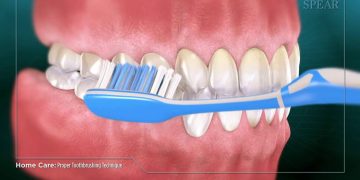
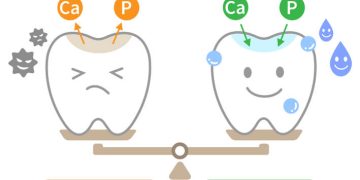
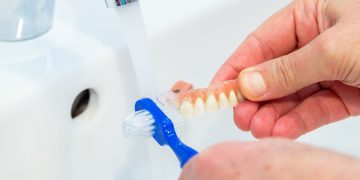




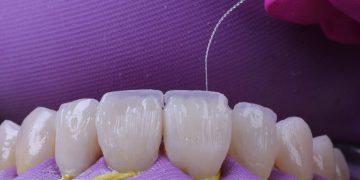
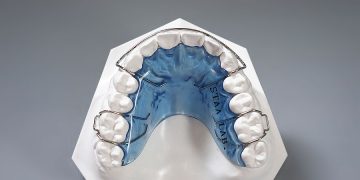

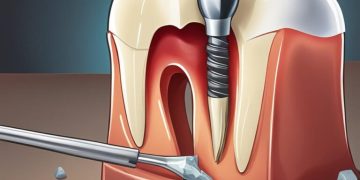
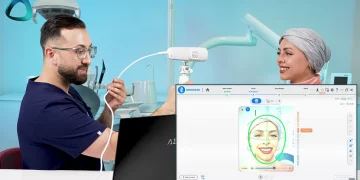


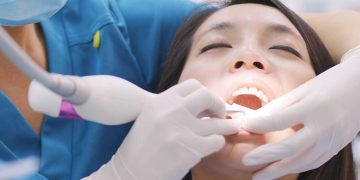

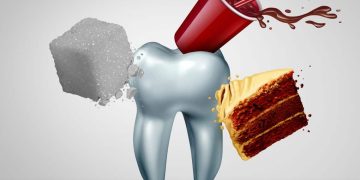







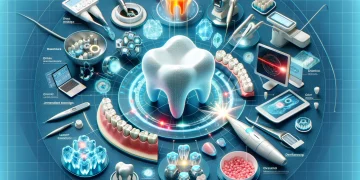





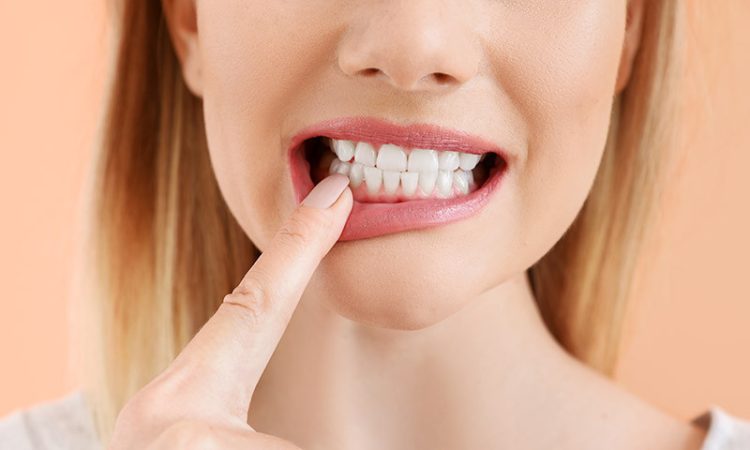













Discussion about this post